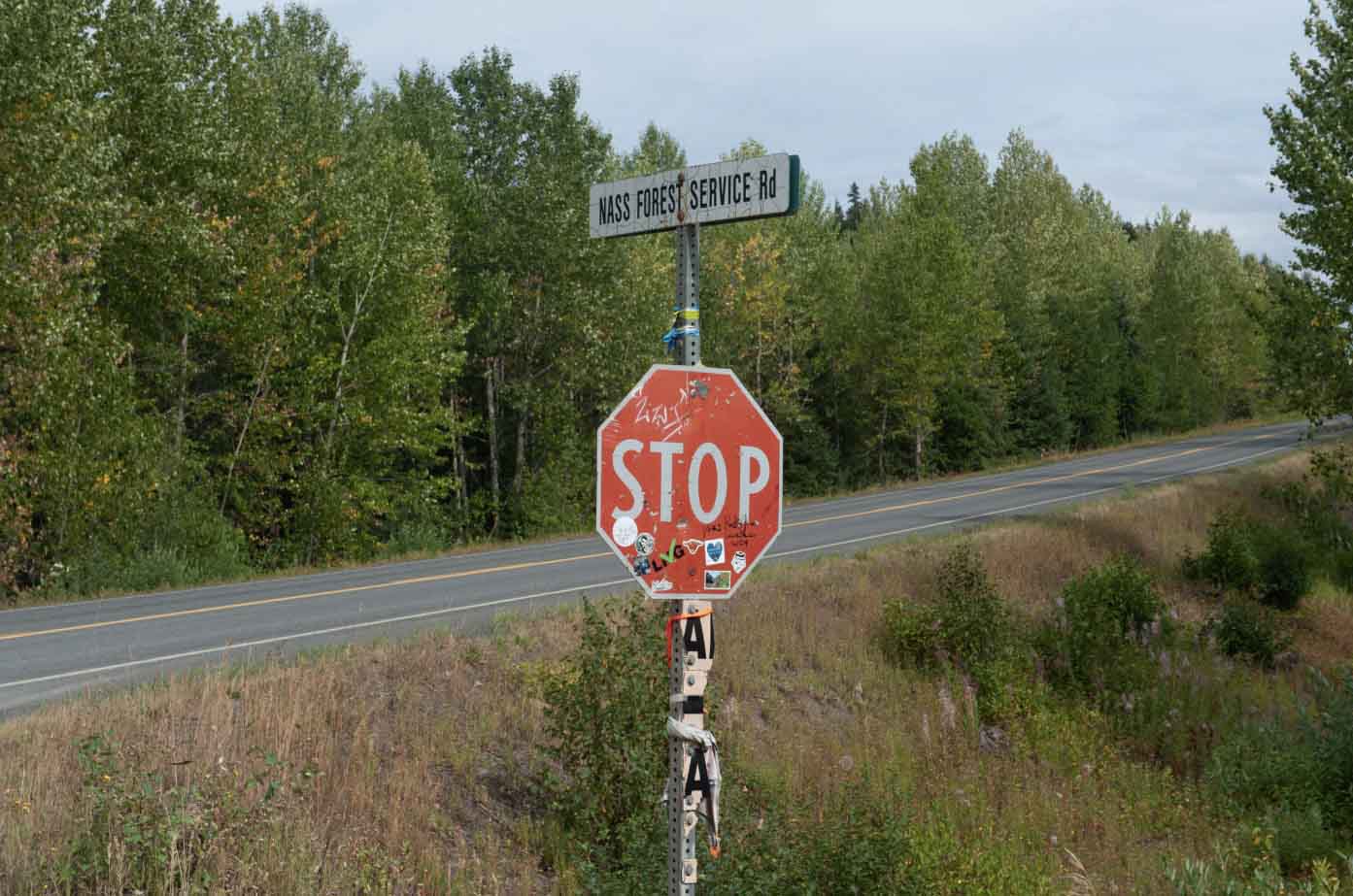At 6 a.m. Monday, Richard C. Mercer, a Nisga’a member, parked his truck across Highway 113, the Cranberry Connector, just outside Gitlax̱t’aamiks, B.C.
For the next three hours, he turned back every vehicle associated with the construction of the Prince Rupert Gas Transmission pipeline. These vehicles started arriving in the area in larger numbers late last week, preparing for the start of work on PRGT, a joint venture between Western LNG and the Nisga’a Lisims government. The official work start day was Saturday.
Mercer’s roadblock was 10 kilometres from the site of a planned camp that will house 1,000 pipeline workers, part of the project to build an 800-kilometre pipeline from northeastern B.C. to supply gas for proposed LNG plants.
The only other access to this camp, from Highway 37, has been blocked by Gitanyow Hereditary Chiefs since Thursday when Gamlakyeltxw Wil Marsden burned their 10-year-old agreement with TC Energy, the former owner of the proposed pipeline.
Since the Gitanyow blockade was erected, trucks carrying mobile office trailers and heavy equipment to the camp have had to drive nearly 300 kilometres on an alternate route through Terrace. Mercer’s roadblock temporarily closed the alternative access route.
Mercer is the spokesperson for a group of Nisga’a calling themselves Tribal Land Protectors. He has been going door to door in the four Nisga’a communities for the last few months, speaking with members about the impacts of the proposed Ksi Lisims LNG export terminal, which has yet to be approved by the B.C. government, and the PRGT pipeline.
Mercer said he has collected more than 200 signatures calling for an injunction to halt work on PRGT and that his group is currently exploring their legal options. About 2,000 people live on the Nisga’a Nation.
Earlier this month, The Tyee attended a pair of information sessions that Mercer held in Gingolx and Lax’galtsap and spoke with some other Nisga’a members opposed to the pipeline.
